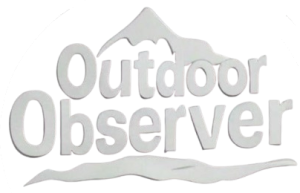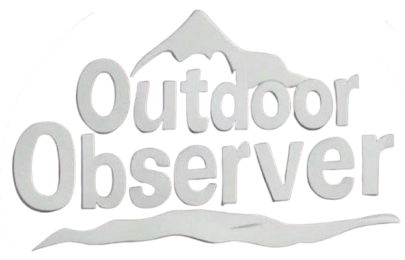This Content Is Only For Subscribers
Across the United States, the use of Indigenous names, imagery, and symbols in sports has been a long-standing point of controversy. From professional franchises to high school mascots, public debate over cultural appropriation and racial stereotypes has intensified in recent years. By 2025, this issue is not just a matter of social conscience—it has become a question of legal responsibility and institutional accountability.
Over the past decade, many organizations have responded to pressure from Native American groups, civil rights advocates, and government entities by reevaluating their names and branding. But in 2024 and 2025, significant developments have shown that the push for change is not only continuing—it is accelerating.
In early 2024, the U.S. Department of Education issued updated Title VI guidance to school districts nationwide, clarifying that racially or culturally insensitive mascots may constitute a hostile environment under federal anti-discrimination law. This means that schools receiving federal funding could face consequences if they continue using mascots or team names that perpetuate stereotypes against Native Americans or other marginalized groups. The Office for Civil Rights (OCR) has since opened several investigations into schools that failed to comply after being notified of community complaints.
At the state level, momentum has also built. In June 2024, Oregon followed states like California, New York, and Maine by banning public schools from using Indigenous-themed mascots unless formally approved through consultation with recognized tribal nations. The law, supported by bipartisan lawmakers and tribal leaders, provided schools with funding and a transition period to adopt new names and branding. Similar legislation is currently under review in Arizona and Washington State.
Beyond the legal realm, several high-profile sports organizations have made changes in response to cultural concerns. In 2025, one major NCAA Division I university officially retired its decades-old mascot after receiving pressure from alumni, Native American students, and faculty. The decision followed a year-long consultation process with regional tribes and scholars, emphasizing the importance of consent and cultural respect in representation.
Professional teams, too, are navigating this terrain with more care. While some teams had already rebranded by 2021, including in the NFL and MLB, the ripple effect continues. In March 2025, a minor league baseball club in the Midwest announced a full rebranding, citing a desire to reflect the diversity of its fan base and acknowledge the historical harm caused by stereotypical imagery. The decision was applauded by Indigenous leaders in the region.
The National Congress of American Indians (NCAI), one of the leading voices on this issue, continues to provide resources and policy recommendations to schools, sports leagues, and media outlets. Its 2024 report emphasized that while progress has been made, over 1,900 schools across the U.S. still use Native-themed mascots or names—a number that continues to decline each year.
It’s worth noting that this shift isn’t only about avoiding offense. Many advocates view it as part of a broader effort to foster understanding, respect, and accuracy in how cultures are portrayed. The movement has also prompted deeper conversations about land acknowledgments, curriculum updates in schools, and the inclusion of Indigenous voices in decision-making bodies. As of 2025, what was once framed by some as a cultural debate has grown into a legal and ethical imperative. Teams, schools, and communities are being asked not just to change names—but to think critically about history, identity, and the responsibility that comes with representation.



